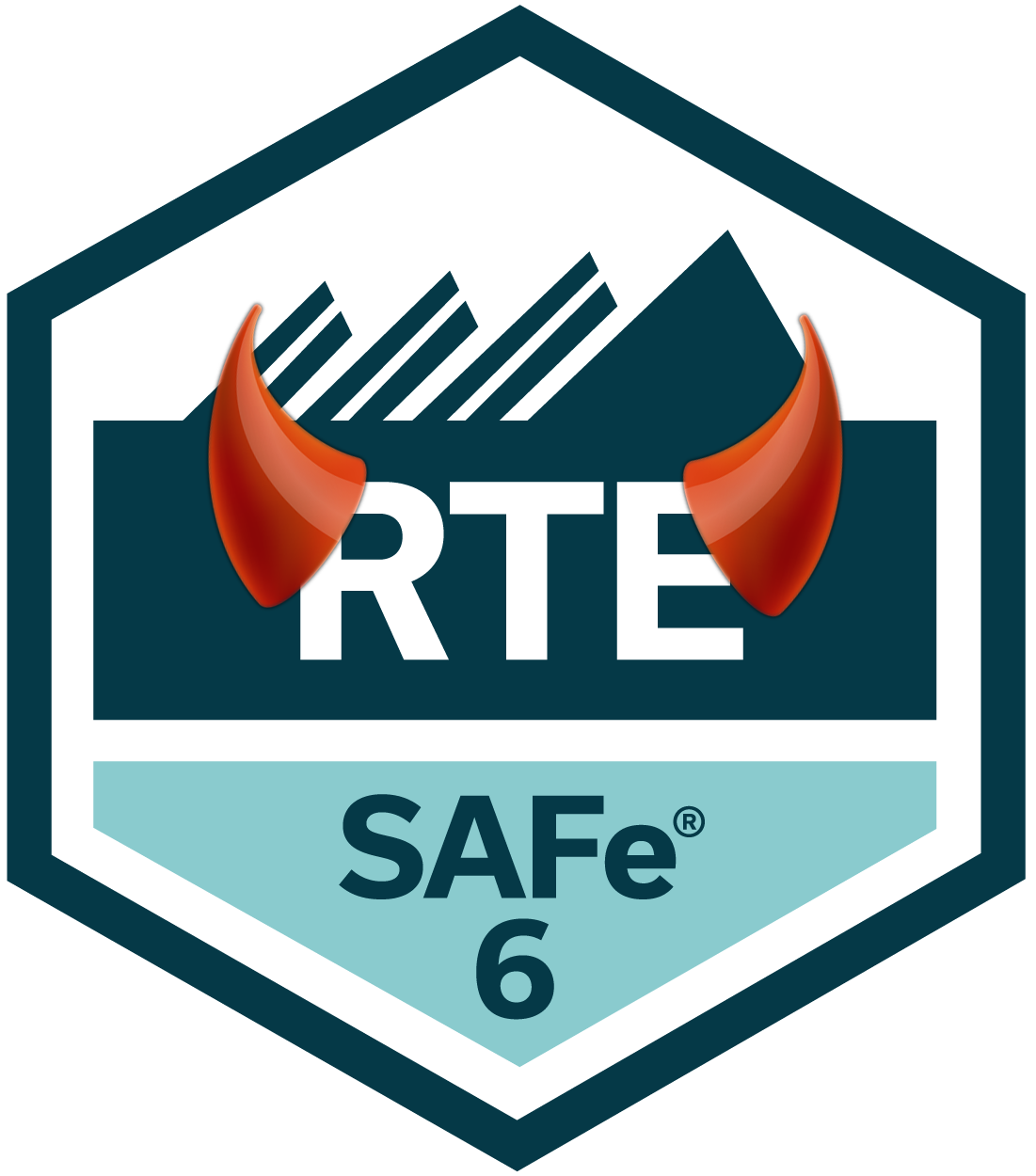Picture this: You're working diligently on your Agile project, and suddenly, the #RTEvil swoops in, armed with a never-ending list of scope changes. They thrive on adding new features, often without considering the team's capacity or the impact on the overall project. The Sinister Scoper can turn your Agile release into a never-ending horror story.
Lesson: While the RTE isn't responsible for prioritization, they play a crucial role in helping Product Management and System Architects scope and prioritize wisely. Encourage effective collaboration among these roles to avoid scope creep.
Practical Advice: Facilitate regular alignment and prioritization sessions involving Product Management, System Architects, and teams. Establish some criteria for accepting changes, ensuring they align with business goals.

